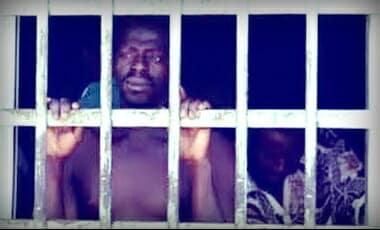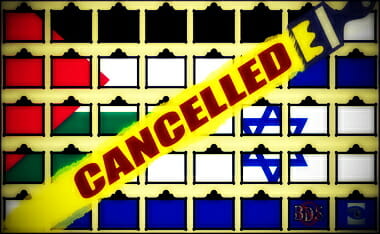The first part of this audio is Larry Elder (5-24-19) reading an article by Roger D. McGrath, “GETTING REAL ABOUT REPARATIONS”. The second part is Dr. McGrath being interviewed by Larry Elder (5-28-19) about that article, at the 14-minute mark. This is MUST hear history that should be listened to side-by-side with the audio chapter on slavery from Thomas Sowell’s book, “Black Redneck, White Liberals”. See Roger’s other article at Larry’s site entitled simply “WHITE SLAVES“
EXCERPT:
…Frederick Law Olmstead, the architect of New York’s Central Park, traveled throughout the South on the eve of the Civil War and was surprised to find, again and again, that Irishmen were used instead of slaves for the work of draining swampland, felling trees, digging ditches, quarrying rock, and clearing forests because “it was much better to have Irish do it, who cost nothing to the planter if they died, than to use up good field-hands in such severe employment.” At a landing on the Alabama River, Irish deckhands caught and stowed heavy bales of cotton after they had come hurtling down a long chute from a towering bluff. When Olmstead asked why slaves were not doing the work, the ship’s captain replied, “The niggers are worth too much to be risked here; if the Paddies are knocked overboard, or get their backs broke, nobody loses anything!”
The death rate among Irish laborers was shocking and had been for several decades before Olmstead toured the South. The New Basin Canal, which connected New Orleans and Lake Pontchartrain, was built by Irish labor during the 1830’s. The Irish workmen dug the canal with hand shovels, excavating more than half a million cubic yards of earth. Lacking dynamite, they used axes to fell huge bald cypress trees along the route. They were paid $20 a month and given room and board. Tyrone Power, a famous Irish actor of the period, visited his countrymen and described the scene in 1834, saying he found:
- …hundreds of fine fellows laboring here beneath a sun that at this winter season was at times insufferably fierce, and amidst a pestilential swamp whose exhalations were fetid to a degree scarcely endurable even for a few moments … mid-deep in black mud … bearing burdens it made one’s shoulders ache to look upon; exposed meantime to every change of temperature, in log huts, laid down in the very swamp. … Here they subsist on the coarsest fare … often at the mercy of a hard contractor, who wrings his profits from their blood.
More than 10,000—some estimates put the number as high as 30,000—Irish workers died in the process. They died of cholera. They died of yellow fever. They died of alligator attacks. They died of water-moccasin bites. They died in accidents. They were buried where they fell, often in mass graves. White privilege.
Meanwhile, there were more than a quarter-million free blacks in the South and nearly 4,000 of them were slavemasters who owned more than 20,000 black slaves. William Ellison, only one of several hundred black slaveholders in South Carolina, owned 63 slaves as recorded in the U.S. Census of 1860. In Charleston, 125 free blacks were slaveholders, and in Charleston City, the port city for Charleston, the largest owner of slaves was a black woman.
Black partners Justus Angel and Mistress Horry owned 84 slaves each and were notorious for slave trading. In neighboring North Carolina, 69 blacks were slaveholders. The most prominent of them was John Stanly, who owned three plantations and 163 slaves. One of dozens of black slavemasters in Maryland, Nat Butler owned a farm but made his real money from slave trading. He lured runaway slaves to his farm and then, depending on the size of the reward, either returned them to their owner or sold them to plantations in the Deep South.
The largest concentration of black slave owners was in Louisiana. Marie Metoyer owned 287 slaves and more than 1,000 acres of land. The widow C. Richards and her son P.C. Richards had 152 slaves working their sugar plantation. Antoine Dubuclet had 100 slaves on his sugar plantation. Cotton planter Auguste Donatto owned 70 slaves, as did Antoine Decuire. Verret Polen owned 69. Dozens of other blacks owned 30 or more slaves. Every one of the 13 states and most of the major cities that would become part of the Confederacy had substantial numbers of black slaveowners. New Orleans by both numbers and by proportion had the most. A staggering 28 percent of free blacks in the Crescent City owned slaves.
With the Civil War imminent, free blacks in New Orleans pledged their support of the Confederacy, declaring:
- The free colored population of Louisiana … own slaves, and they are dearly attached to their native land … and they are ready to shed their blood for her defense. They have no sympathy for abolitionism; no love for the North, but they have plenty for Louisiana. … They will fight for her in 1861 as they fought in 1814-1815.
Black slavemasters are omitted from most textbooks in American history or mentioned only as having bought a family member to free him. That occurred, but only in a minority of cases…..


